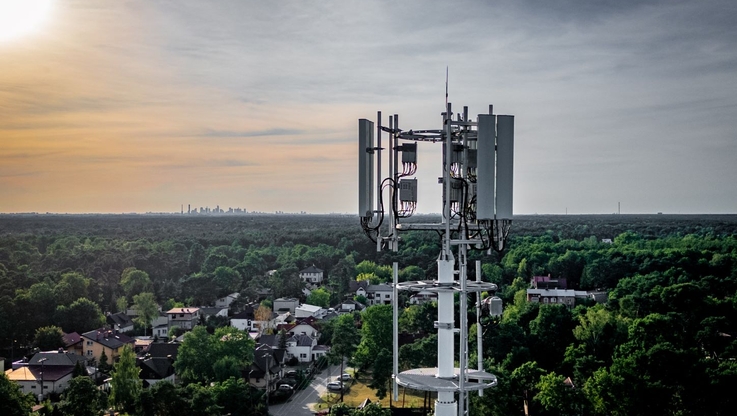Pobierz materiał i Publikuj za darmo
In 1949 BORGWARD pulled ahead of its competitors when the Hansa 1500 set completely new standards for body design. The saloon was the Bremen-based automaker's first new development after World War II. It helped to promote the rapid spread of a body design that had previously been unknown in Germany and the rest of Europe: the pontoon shape. Whereas all of the competitors' post-war vehicles resembled pre-war products, BORGWARD had dared to make a clean break with the past. From that moment on, things like flared wheel arches and separate lamps were history. All of the company's competitors were instantly relegated to the sidelines, and they feverishly tried to catch up. With the new design, the BORGWARD plants clearly forced the European automotive industry to take action. The Fiat 1500 (1950), the Ford 12 M (1952), the Opel Olympia (1953) and the Mercedes-Benz 180 (1953) were all latecomers produced by automakers that had been downright blind to this pioneering new trend in body design.
It’s no longer possible to determine how Carl F. W. Borgward came up with the new design. In an interview he stated that he had been inspired by the integrated wings of the Hanomag "Kommissbrot", a small car from 1927 with a rear-mounted engine. Other sources suspect that he had seen initial photos of the new Kaiser K 100 and K 101 while he was an American prisoner of war from September 1945 to March 1946. These four-door models ushered in the inexorable advance of the pontoon body shape in the United States.
No matter where Carl F. W. Borgward got his idea from, he was clearly impressed by the new design's obvious benefits for the customer. Pontoon bodies were unbeatable in the way they utilised space for the benefit of passengers and the boot. By reducing the size of the front surfaces without sacrificing internal space, pontoon bodies substantially improved aerodynamics and fuel efficiency. This was a particularly important issue for BORGWARD, which focused on aerodynamics early on. In addition, the pontoon shape provided designers with completely new opportunities for showcasing an automobile’s elegance. Thanks to Carl F. W. Borgward's pioneering spirit, the new shape continued its triumphal advance throughout Europe. Pontoon styling is also known as three-box design, because the vehicles have separate "boxes" for the engine, the passenger
compartment and the boot. Other American designers called the new styling a "greenhouse" design.
A far more important concern for the Bremen-based company after World War II was that the Hansa 1500 not only was the first new post-war product but also had a
completely new look. Lacking any kind of "baroque" ornamentation, this plain saloon very convincingly combined aesthetics and customer utility. What's more, the Hansa 1500 contained many other pioneering innovations such as electric direction indicator lights fitted as standard - a first for a German automobile.
The rigor with which Carl F. W. Borgward continued to develop the new pontoon styling at his company is also demonstrated by the Lloyd 300, which appeared only one year after the Hansa 1500 and systematically transferred the three-box design to a much more compact vehicle class. The styling was very compelling here as well.
The next step in the further development of the Hansa 1500 was also a pontoon-shaped two-door car. It is still considered one of the world's most beautiful automobiles: the BORGWARD Isabella.
Cross reference: Picture is available at AP Images (http://www.apimages.com) and http://www.presseportal.de/nr/115998/bild/
Further information:
BORGWARD Group AG
Kriegsbergstrasse 11
70174 Stuttgart, Germany
Jürgen Schramek
Head of Product Communications
tel. +49 711 7941851043
e-mail: media@borgward.com
www.borgward.com
Pobierz materiał i Publikuj za darmo
bezpośredni link do materiału
| Data publikacji | 12.08.2015, 14:45 |
| Źródło informacji | APA-OTS |
| Zastrzeżenie | Za materiał opublikowany w serwisie PAP MediaRoom odpowiedzialność ponosi – z zastrzeżeniem postanowień art. 42 ust. 2 ustawy prawo prasowe – jego nadawca, wskazany każdorazowo jako „źródło informacji”. Informacje podpisane źródłem „PAP MediaRoom” są opracowywane przez dziennikarzy PAP we współpracy z firmami lub instytucjami – w ramach umów na obsługę medialną. Wszystkie materiały opublikowane w serwisie PAP MediaRoom mogą być bezpłatnie wykorzystywane przez media. |





